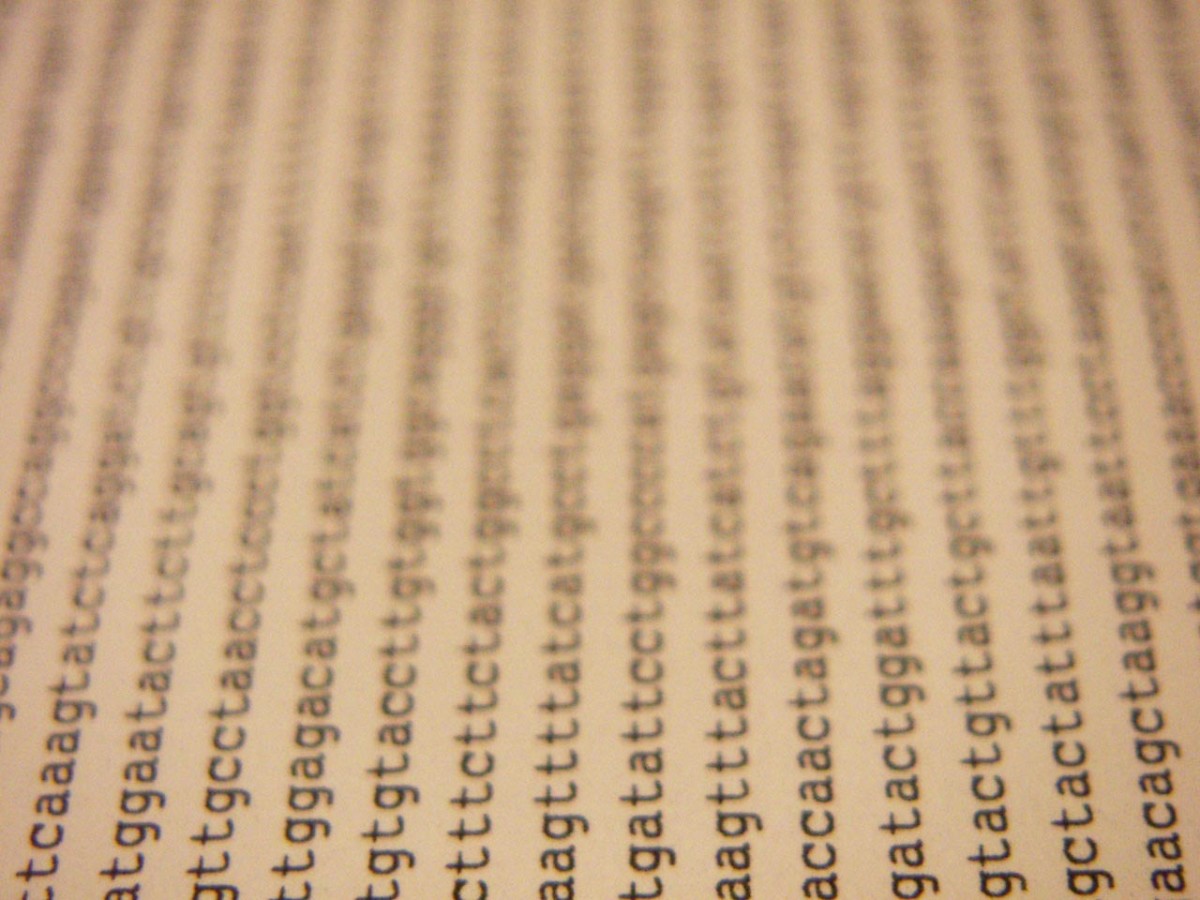Scientists first sequenced the human genome in 2000. That experiment, of course, wasn’t representative of everybody; it was just one sequence, stitched together from the DNA of a handful of volunteers. Consider the diversity of humankind. There was no way it could be encompassed by this small-scale “human genome” project.
That’s why, in 2010, an international consortium of hundreds of scientists announced a new plan: They were going to sequence the genomes of 2,500 people from all over the world. Five years later, the group is releasing the last batch of results from the un-aptly named 1,000 Genomes Project, quantifying how people’s DNA vary from one another. The scientists are publishing their data freely, which future researchers could use to study inherited diseases.
The completion of the 1,000 Genomes Project marks the end of one of the great scientific projects humanity has undertaken. Below are highlights from today’s results, published in the journal Nature:
- The sequences include 2,504 people from 26 world regions.
- The researchers found 88 million possible variations in human DNA. Many of the variations were differences of a single letter in the approximately three billion letters that make up a person’s DNA.
- The typical person’s genome differs from the agreed-upon “reference human genome” in 4.1 million to five million places.
- People are most genetically different from one another in sub-Saharan Africa. That’s no surprise to scientists, since that’s where humans first evolved. When people began migrating around the world, the pioneers carried with them only a subset of the genetic diversity available back home, so they are naturally less diverse than people living in the cradle of humanity.
- The scientists found many, many rare variations in people’s genomes. Tens of millions of the variations appeared in fewer than one-half of one percent of the study volunteers. But everybody has lots of variations in their genomes that are common.
- The data revealed a bias in genetic science. The 1,000 Genomes researchers compared the genetic variations they found with a database that links these variations with rare diseases. The research team found that people of European ancestry were more likely to have more variations that showed up in the rare-disease database.
This finding doesn’t mean Europeans are more diseased than everybody else. Rather, it suggests geneticists have spent much more time studying people of European descent than people of other ancestries. If scientists had more thoroughly studied the genomes of people of color, we would already know more of their rare-disease genes.
So are we all human? We sure are. Even if everyone has five million places in her genome that are different from her neighbor’s, that’s not a lot, compared to three billion letters that make up all of a person’s DNA. Yet our differences are clear, and worth studying in the future for whatever clues they may hold to diseases that befall some of us more than others.

